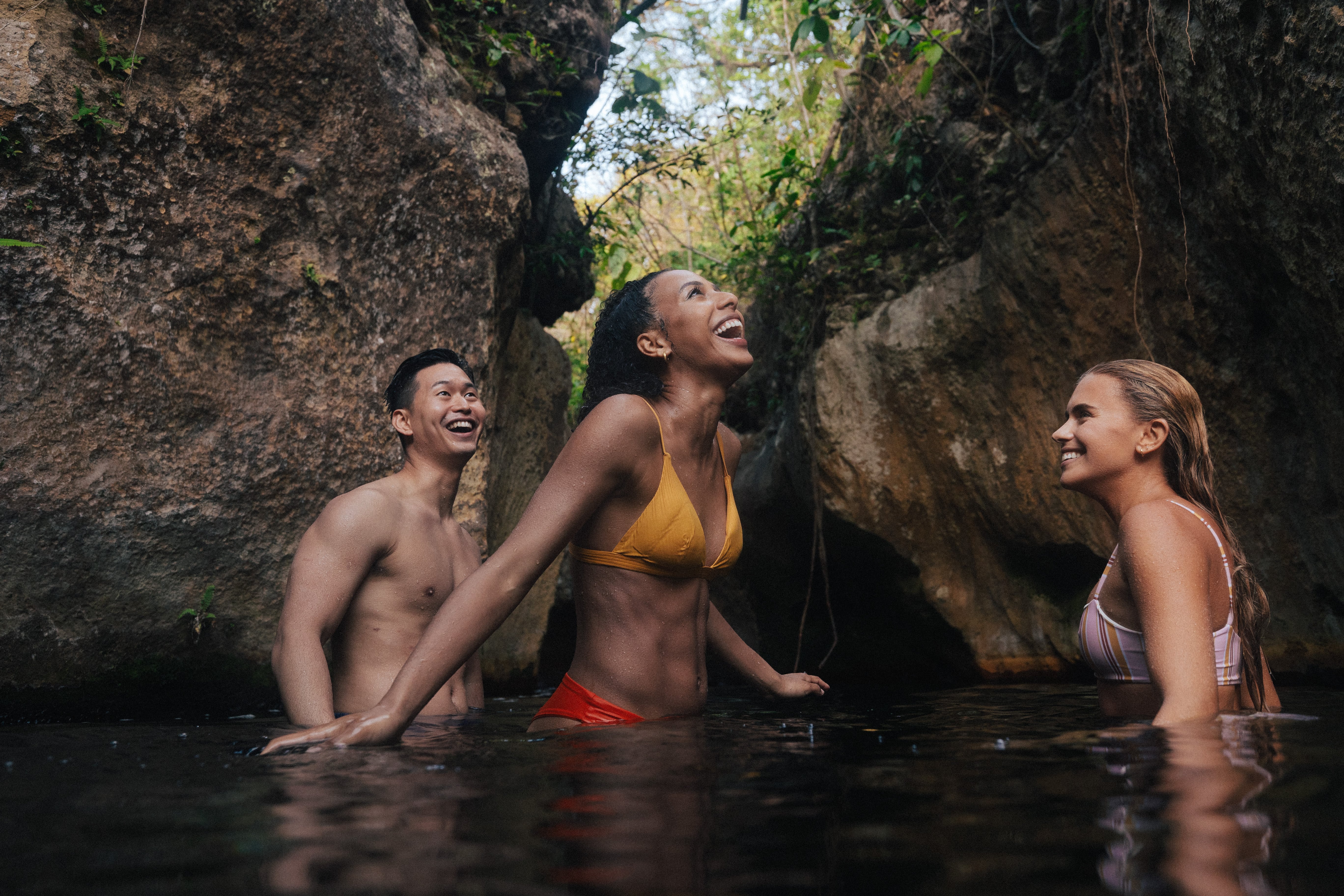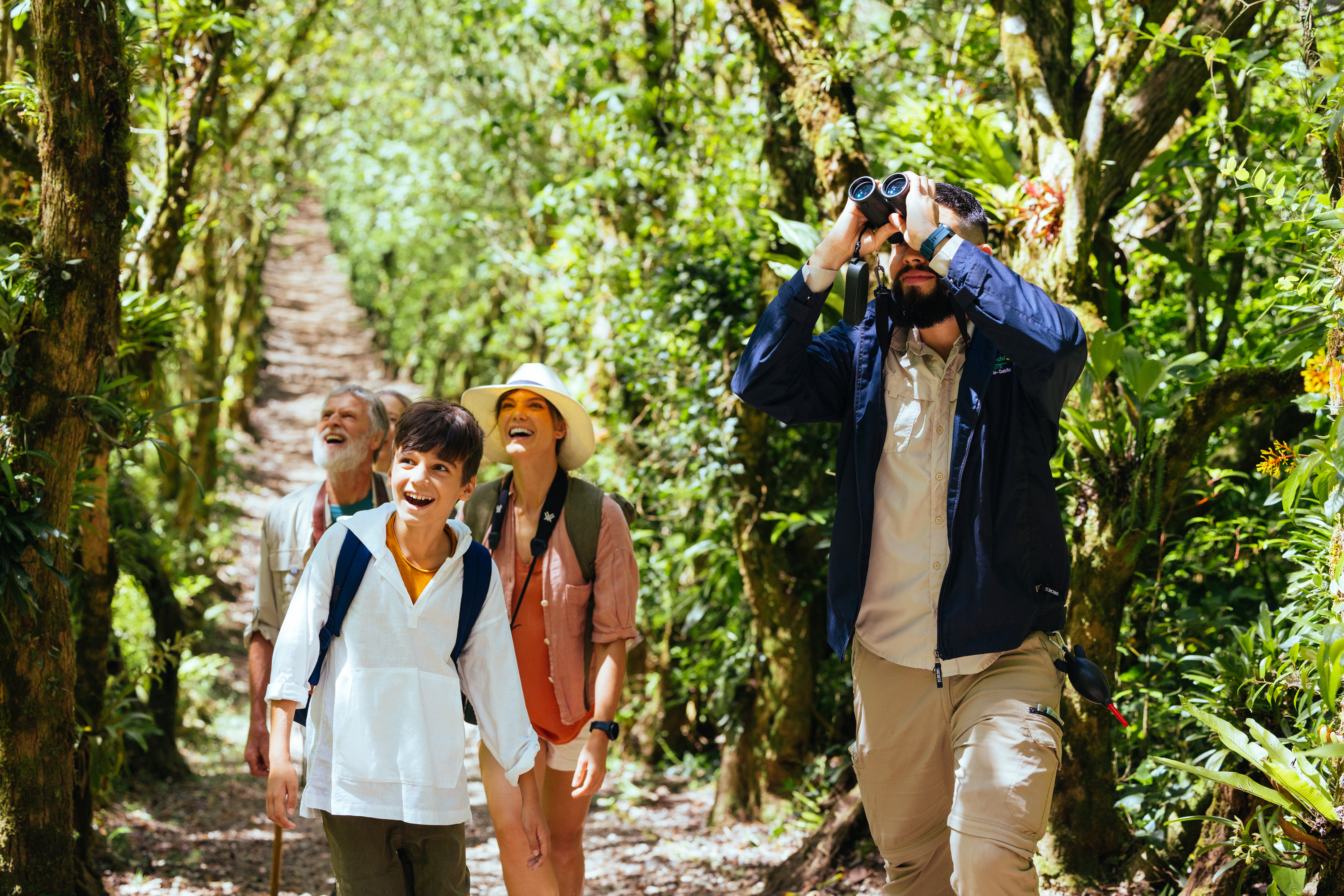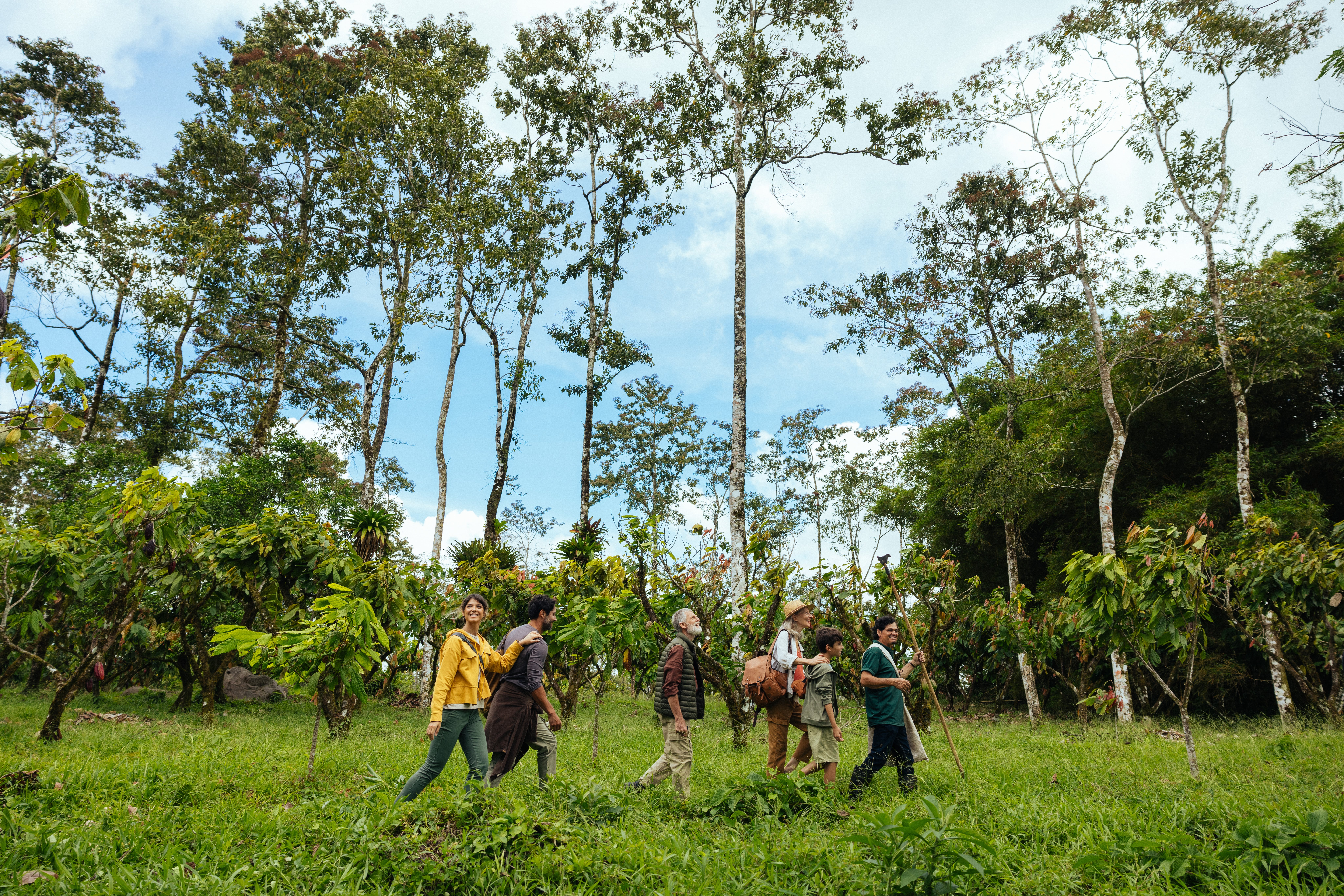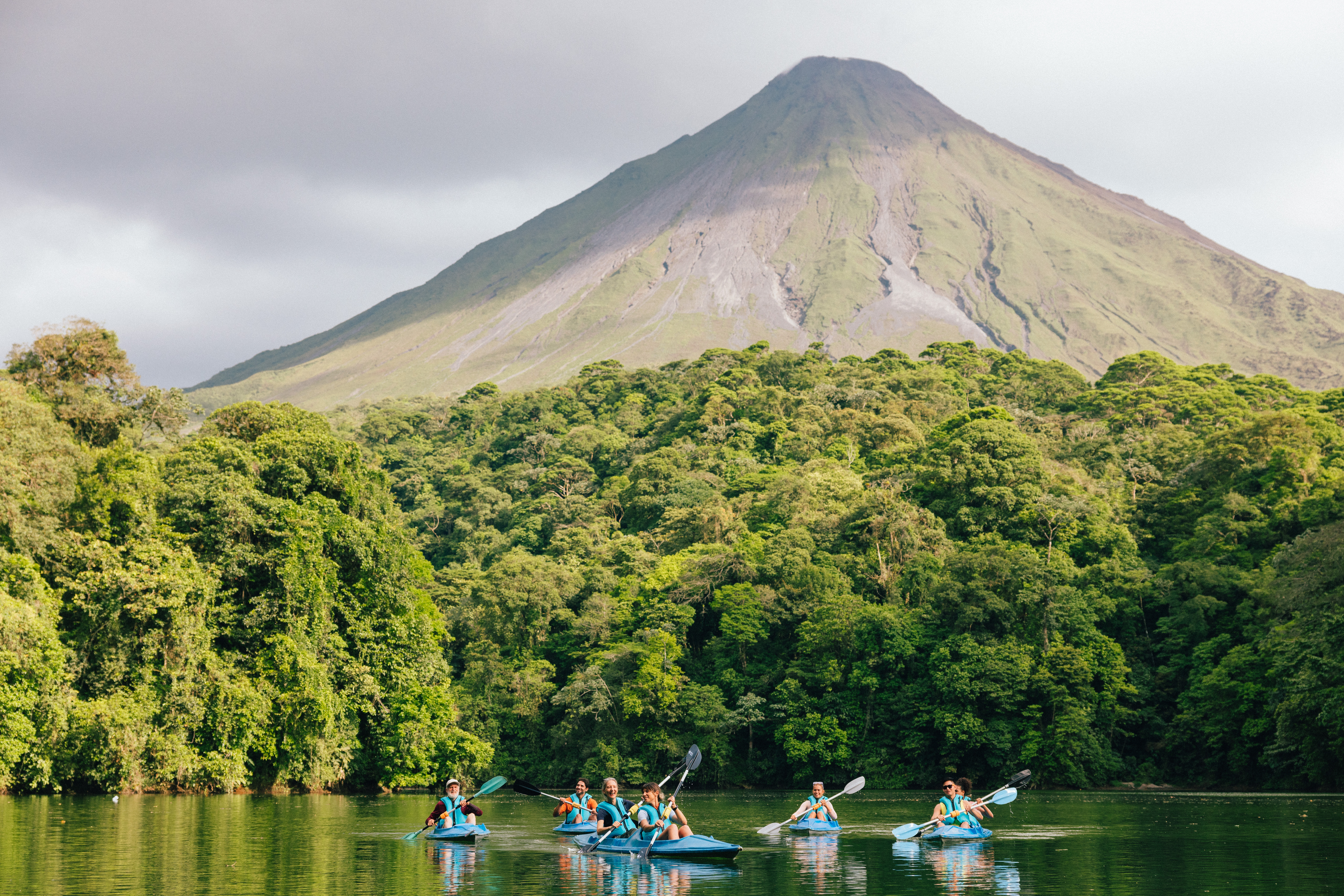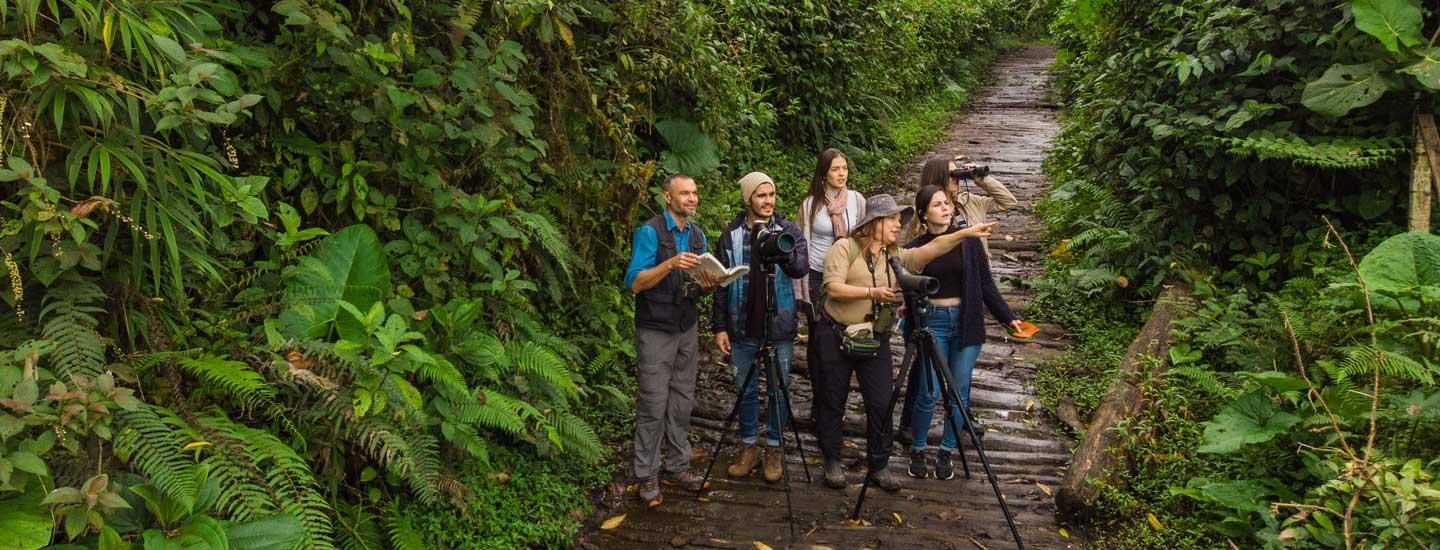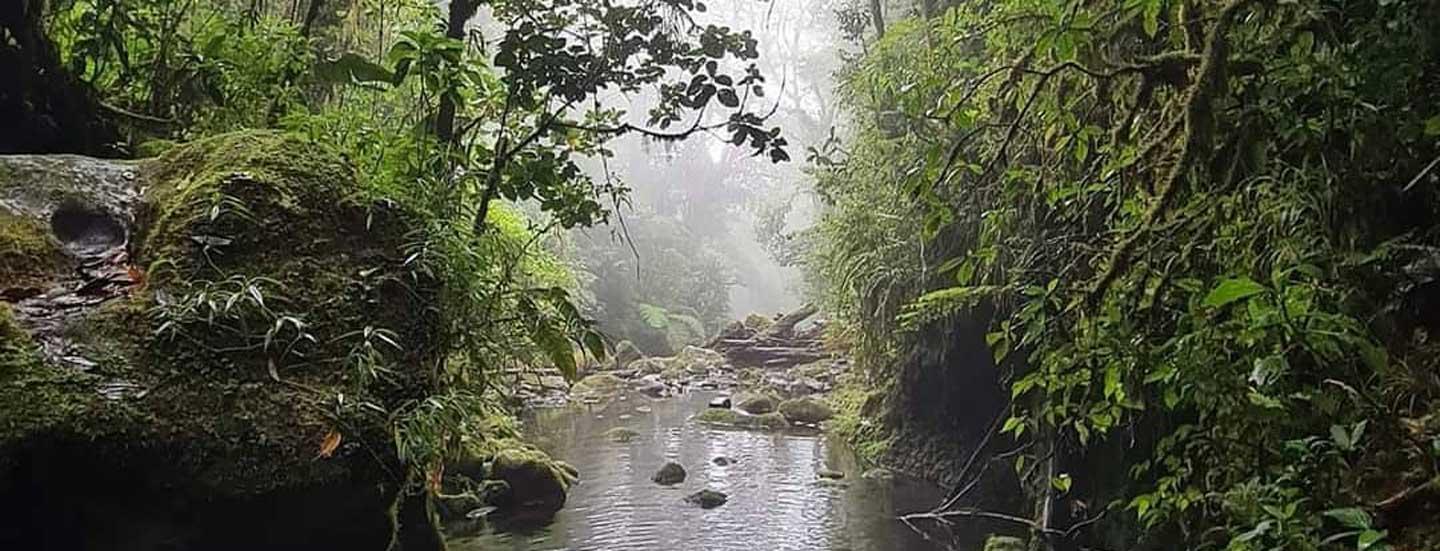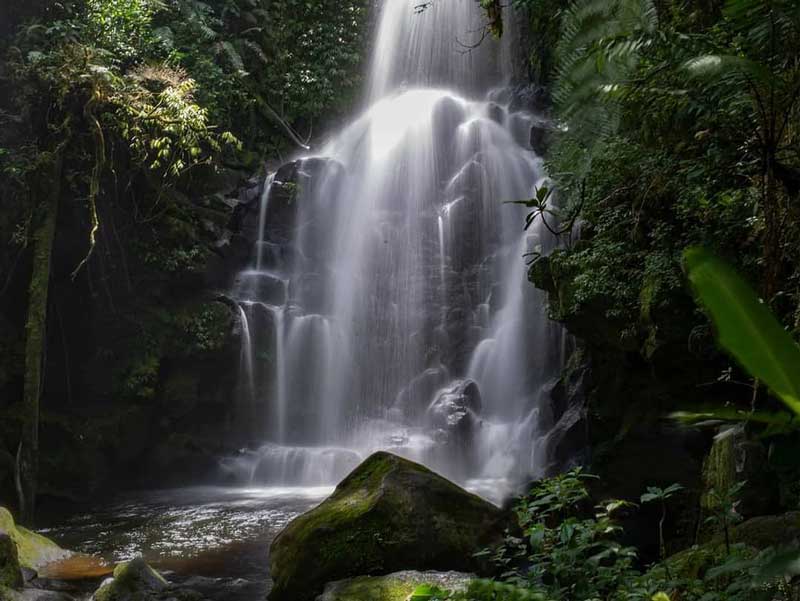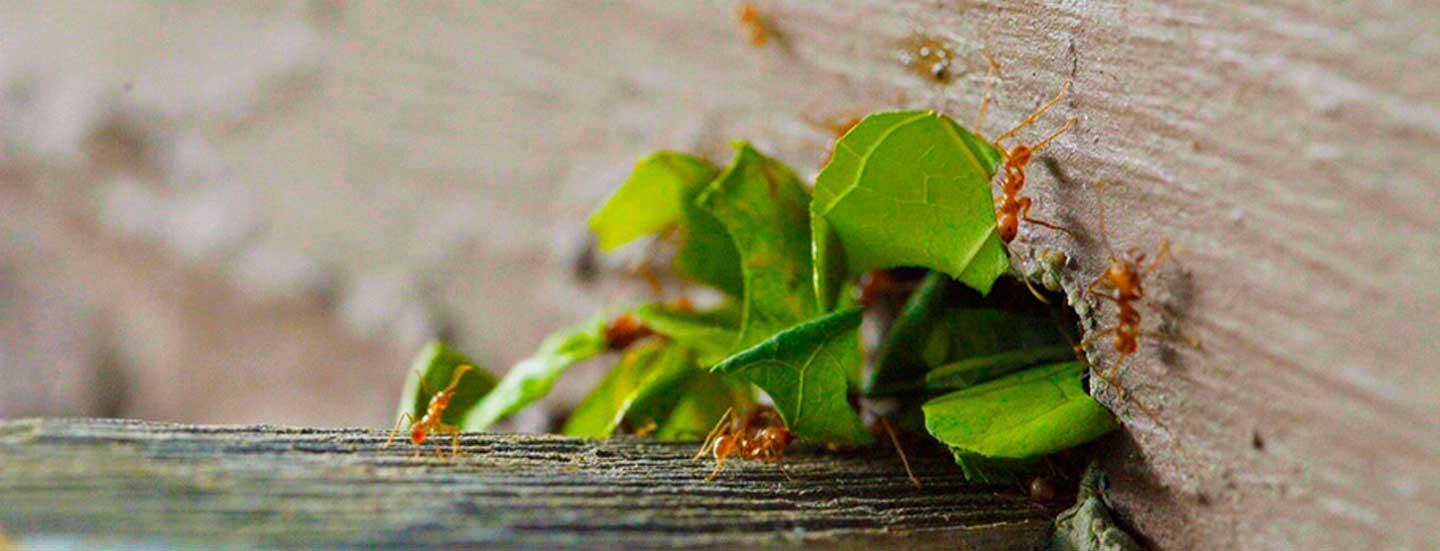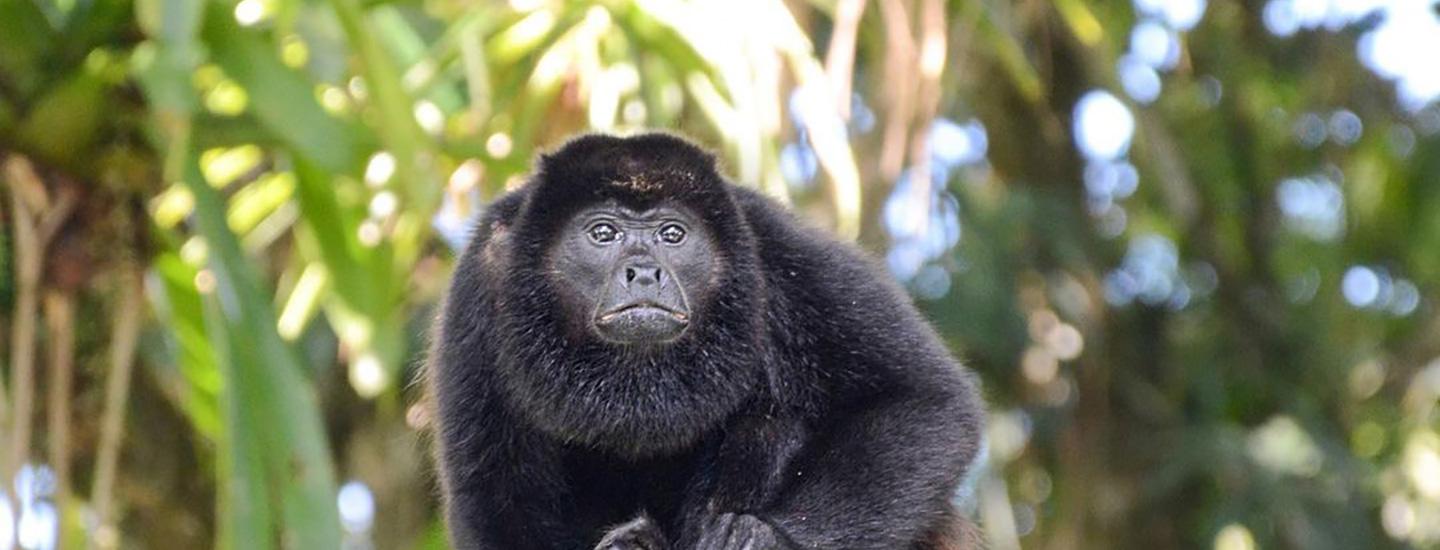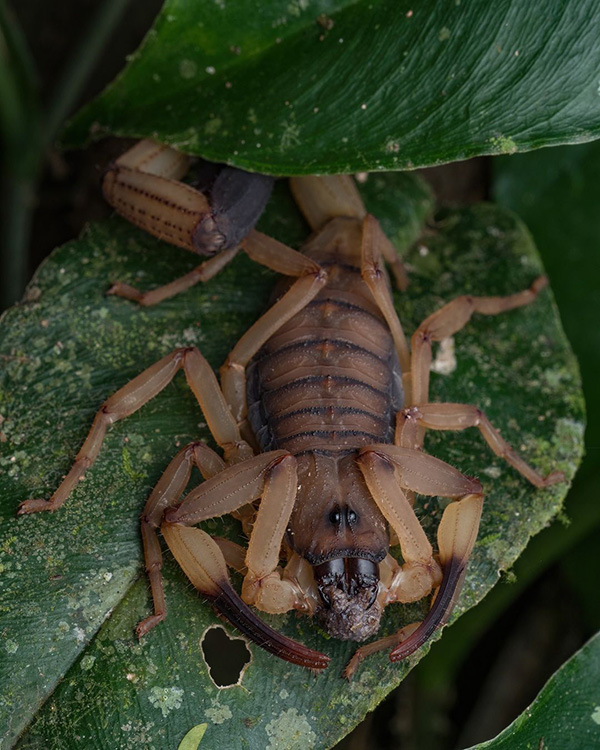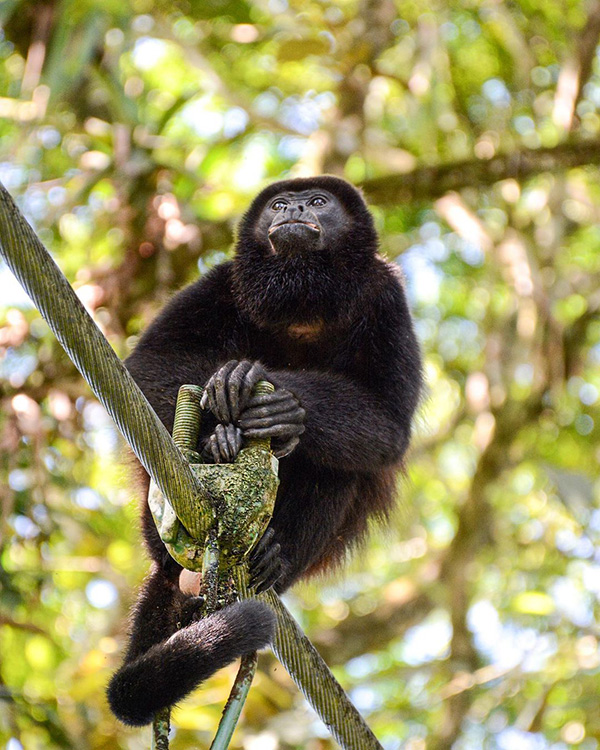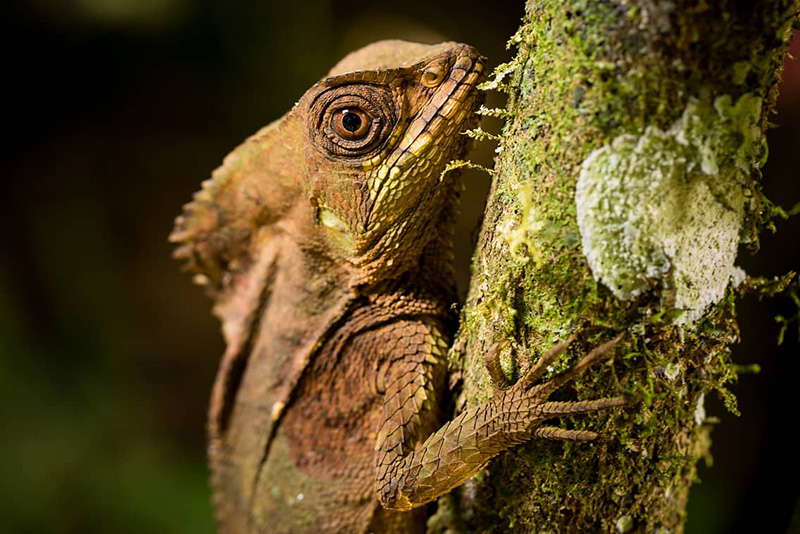These diminutive birds flit through many of the forests of our country, providing us with opportunities to spot them now and then in some tourist destinations. Their colors and speed are just some of their surprising features.
If you would like to know more about this incredible bird, read on and discover the curious facts we have in store for you.
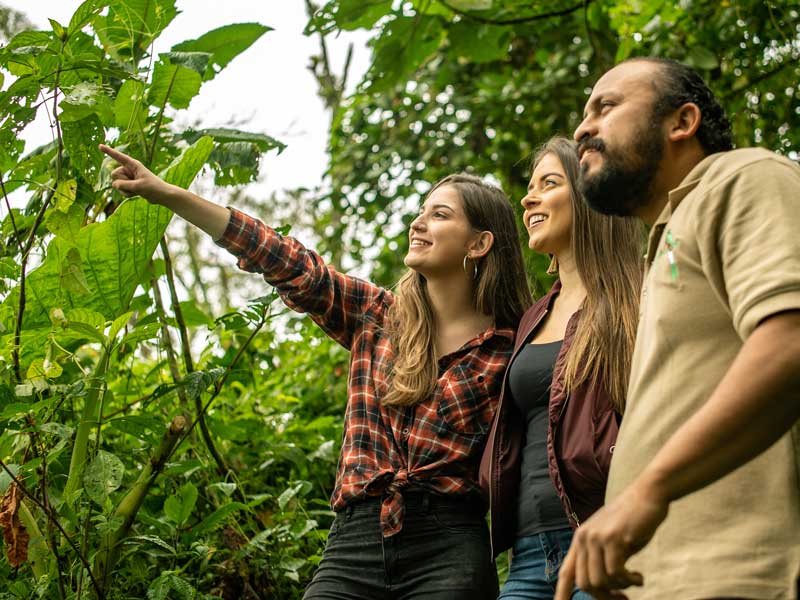
- In Costa Rica, there are 53 species of hummingbirds, which are distributed throughout the country, mainly at medium and high elevations.
- Their wings move around 60 times per second.
- Hummingbirds feed on flower nectar, and must consume about three times their body weight every day. They mainly drink sugary nectar, but also obtain protein from small insects.
- These little guys are very smart! A hummingbird has the largest brain of any bird relative to its body size.
- A hummingbirds heart can beat up to 1,200 times per minute.
- Hummingbirds often have a very short lifespan: most do not live longer than a single year, and those that do generally only live up to 4 years. In captivity, a hummingbird can live for 15-17 years.
- Hummingbirds spend more than half of their time preening, chirping or at rest.
- Hummingbirds’ muscles allow them to reach surprising speeds of 50 to 95 km/h when diving during courtship.
- The horned sungem can beat its wings 90 times per second, the fastest of any hummingbird. Its speed record has been confirmed by the Guinness Book of Records.
- In spite of their small size and high metabolism, it has an energy-saving mechanism that involves lowering its temperature from 37.5°C to 17°C by lowering its activity.
- Its heart rate is 500-600 beats per minute at rest, or over 1,000 beats per minute if it is excited during disputes with other hummingbirds.
- The hummingbird has a big heart, representing 2.5% of its total weight. ❤
- The species is endemic to the Americas: that means that it is only found in the Americas and nowhere else.
- The bee hummingbird is the world’s smallest bird. Living in Cuba, it measures 5 to 6 cm and weighs 1.5-1.9 grams.
- The largest hummingbird is the giant hummingbird, which lives in South America. It is 8 inches in size.
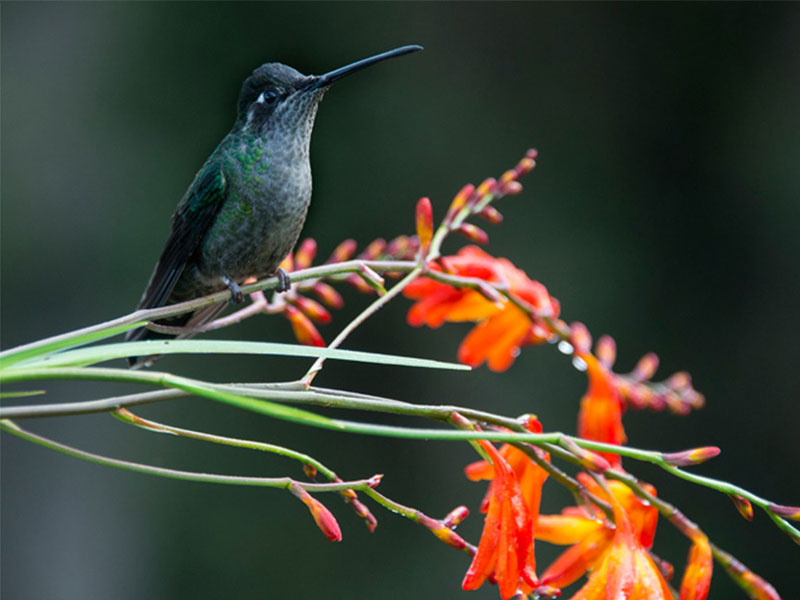
Where can we see them?
Hummingbirds can be found almost everywhere in the country, but there are certain areas where they can be seen in greater numbers, namely the highlands, the tropical dry forest and the Caribbean tropical wet forest. If you would like us to suggest some specific areas, these include: Tapantí National Park, Coto Brus, Monteverde, Palo Verde National Park, Cahuita National Park, the areas surrounding the Poás Volcano, San Gerardo de Dota, Turrialba, Sarapiquí, and others.
We will soon be able to enjoy more of these birds in our country. For now, let’s learn more while we #StayAtHome
